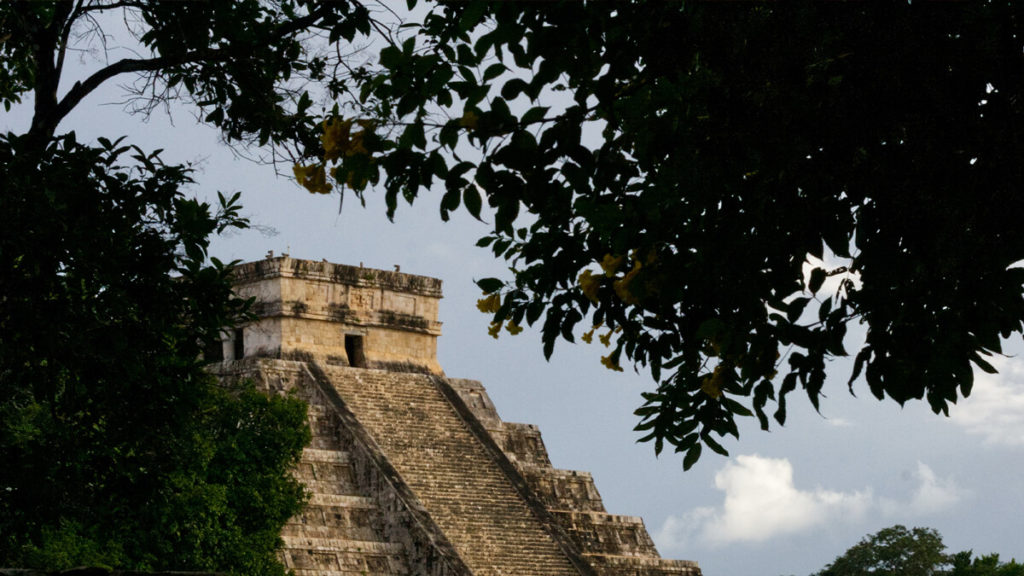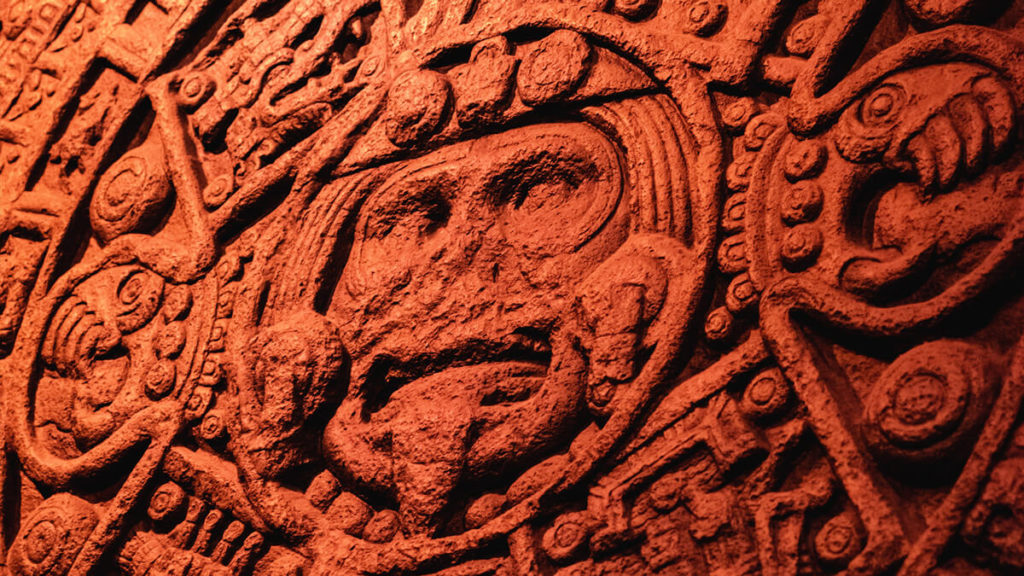The Aztec gods and goddesses were a murderous lot, and their endless battles with one another resulted in a cycle of death and rebirth for all of humankind. Each of the first four eras was controlled by a different god, or “sun,” and each ended in bloodshed before a new one was crowned. Take a look at these interesting and significantly weird Aztec gods and goddesses that will definitely stimulate your curiosity.
Quetzalcóatl
Humans were thought to have been created by Quetzalcóatl, one of the most significant gods in the Aztec pantheon. Even so, he didn’t invent them. According to Aztec mythology, the world had been built and destroyed four times before. To bring humans back to life, Quetzalcóatl recovered the remains from the underworld and infused them with his blood.
Xolotl
A dog is said to be a great companion, but in the case of Quetzalcóatl, it appears that they are also a god’s closest buddy. Quetzalcóatl and Xolotl, a dog-headed god, are claimed to have descended into Mictlan’s deep underworld to collect the ancestors’ bones.
Do you know what comes next after this ‘holy’ fetching game? Quetzalcóatl’s blood was used to anoint those bones, creating the humankind who now inhabits the universe.
Xōchiquetzal
Xochiquetzal’s origins are a mystery, despite being one of the earliest Aztec deities. Aztecs revered her as a goddess and saw her as both a literal and figurative mother figure.
Xochiquetzal’s connection to the moon was a common theme in her folklore. Such relationships, however, altered depending on the myth being told since she would represent changing lunar cycles in each tale.
Xochiquetzal, like Aphrodite in Greek mythology, was a patroness of sensual love. (If you are interested in Greek mythology, you can check weird Greek gods.) She was also revered as a goddess of nature and the arts and a guardian of the Underworld.
Xolotl is also said to have carried her to the Underworld because she had eaten a forbidden fruit, which was a popular belief. Is there anything familiar here? Xochipilli, her twin, was also there.
Xōchipilli
The Aztecs were a little more precise about their gods of homosexuality than most other religions. They didn’t just need a god for homosexual men; they also required a deity for gay men who engage in sex for financial gain. Xochipilli was born as a result.
Aside from being the god of gigolos, Xochipilli was also an all-purpose deity. The Prince of Flowers was another nickname for him. However, it doesn’t appear that “flowers” refer to roses or daisies. Flowering plants were not what it was all about.
Flowers and mushrooms with hallucinogenic properties adorned his statues. Also, the statues depicted him in an expression that indicated he had been completely blown out of his head. This suggests that he wasn’t simply a deity of gay prostitutes; he was also a god of hallucinogens.
Tlazōlteōtl

Tlazōlteōtl is generally shown with brown around her mouth in the artwork. She is, after all, the Aztec gods’ heavenly dirt eater. But that “dirt” wasn’t anything you’d find on the ground; it was a metaphor. So Tlazolteotl was a divine feces eater.
This one has an explanation that actually makes a lot more sense than you might think. The Aztecs believed Tlazolteotl was a celestial deity who ate all garbage including sins. This contained decomposing human remains, fruit, vegetables, and, yes, excrement. She was the disintegration goddess. Still, the Aztecs revered a goddess who spent her days eating crap.
She had a second job, which sounds very weird and conflicting, which helped a little. They also made her the goddess of steam baths, which she may have utilized after all in what could have been a rare act of Aztec charity.
Ōmeteōtl
The Aztec gods Ometecuhtli and Omecihuatl are frequently referred to as Ometeotl, the name “Two Gods“. This is because the primordial powers of nature and dualism were personified by Ometecuhtli and his feminine counterpart, Omecihuatl, who was regarded as the parents of many other significant gods.
As a result, they were sometimes represented as a half-man, half-woman figure, even though they were actually two sides of the same god.
Cihuateteo
Every female spirit and the souls of women who died after childbirth were personified in Cihuateteo. In Aztec culture, childbirth was viewed as a sort of combat, and the women who gave birth were revered as warriors who had died in battle.
However, during the night, Cihuateteo would prowl crossroads with a horde of female spirits, kidnapping children and inflicting illnesses like convulsions and madness, as well as enticing men into sexual misconduct.
Xipe Totec
One thing is certain about Aztec gods and religion: they demanded a great deal of human sacrifice. Xipe Totec is the Aztec god of agriculture, seasons, goldsmiths, and sickness.
He was frequently represented in a flayed-skin costume, and his associated rituals emphasized his choice of clothing. A fresh skin suit was frequently produced and worn by either a statue of Xipe Totec or one of his priests at the end of such ceremonies.
Xipe Totec was also the deity of sorrow, so the crazy didn’t stop there. The difficulty with this god was that instead of one of his priests, he demanded the flaying of a slave and the wearing of his skin.
Conclusion

The pantheon of the Aztec civilization was immense, with hundreds of gods and goddesses, even though we only know the names of a few of them, and even the ones we do know are difficult to pronounce. So we covered a bloody part of world culture, yes, a bit gruesome, yes. But hey, knowledge is power, right?
We also listed weird Hindu gods in our blog, you can check them out!
